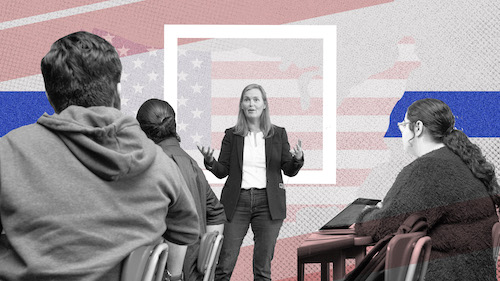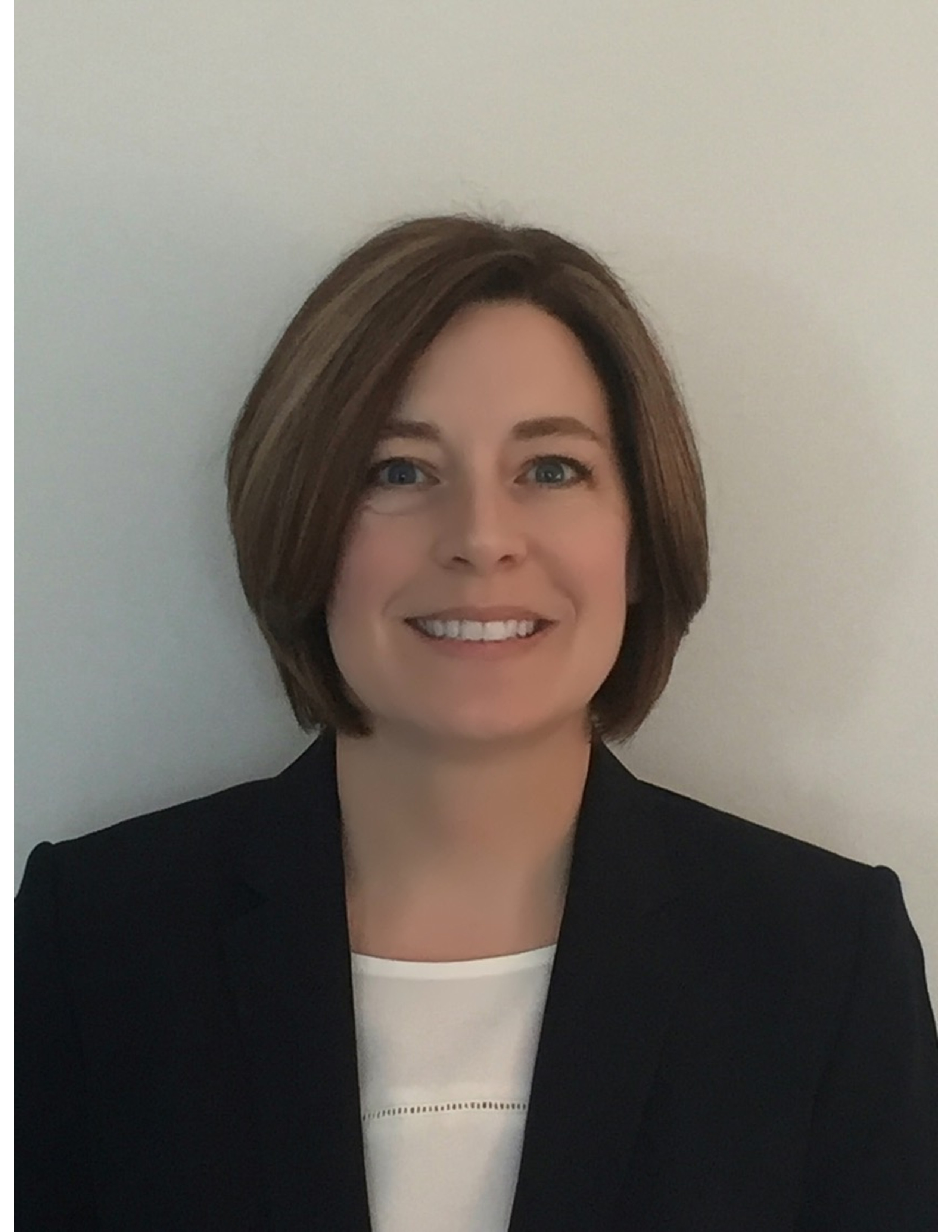For the optimistic among us, such attitudes may offer a glimmer of hope for charting a future in which Americans can once again discuss and debate issues without overheating. But UM-Dearborn Ed.D. student Karen Caldwell says the seeming consensus that civics education is important doesn’t equate to agreement about what should be taught in the classroom. As part of her dissertation research, Caldwell, a former social studies teacher who now serves as an education coach for low-performing schools in Wayne County, is digging into all kinds of challenges teachers face in effectively teaching civics. Without question, they are many. Outside of any politics, one of the fundamental hurdles teachers face is the number of hours devoted to civics in the typical school calendar, says Caldwell. In Michigan, for example, civics in elementary school consists of eight to nine weeks of 4th-grade instruction in which the main goal is to introduce kids to the basic structure of government. The next bite at the apple doesn’t come until 8th grade, when social studies classrooms are required to cover things like the Constitution. It isn’t until high school that curriculum requirements finally give social studies teachers a devoted chunk of time. But Caldwell says it’s still a huge challenge to “give someone who’s 16 all of the skills, knowledge and dispositions to be a good citizen” in the 80 or so classroom hours allotted for the subject. “It’s simply not enough time.”
What teachers and students are doing with those hours is increasingly becoming the subject of hot public debate too. Recent examples, like the controversy over teaching critical race theory, showcase this intensity, but Caldwell says teachers often face more nuanced challenges on the day to day.
“The core challenge is that kids are most engaged with the things that resonate with their lived experience, but those are the things that will get you in trouble as a teacher,” Caldwell explains. “For example, let’s say you’re teaching the First Amendment and free speech. If you stick with a historical example, like Tinker v. Des Moines Independent Community School District, which is 50 years old and well-settled law, you’ll be OK. If, however, you pick a case that’s floating around in the news and way closer to the students’ lives — like a student who ditches her pre-approved commencement speech and instead talks about women’s rights to abortion in Texas — then you’re asking for a call from a parent or a trip to your principal’s office. The administration’s view is usually that you could have taught the concept without the controversy.”
Caldwell says this tension has a major impact on subject selection by teachers, whose desire to give their students material that speaks to them is at odds with their own personal desires to avoid blowback from parents or actual discipline. This leaves educators looking for inventive ways to avoid this catch 22. For example, in Caldwell’s own classrooms, she often used an exercise involving a questionnaire that asked students their views on 15 current issues to give them a sense of where they fell on the political spectrum. The often surprising results gave the students a chance to think through their own political identities — and gave Caldwell an entrypoint to do instruction on minor parties and the challenges of a two-party system. Similarly, when engaging the students in community-based work, she found projects that required learning about local zoning or veterans issues would avoid a call from the principal — even though she says topics like trangender students on athletic teams, or whether refusing to stand for the pledge of allegiance is protected speech, likely would have been better bets for engaging students.
Such compromises are simply a reality for social studies teachers these days, but Caldwell remains optimistic that a solid civics education is still attainable, even in uncivil times. In fact, another core skill she encourages teachers to teach is civility itself.
“If you’re going to have conversations about controversial things, your first mission as a teacher is to create a safe space,” Caldwell says. “You have to teach students that you may disagree with an idea and not the person. And you have to model that yourself, and correct gently when necessary, and bring the classroom back together as a community if things go sideways. One of the best things you can do is show the students that it’s OK to change your mind when you encounter new information, or admit you were wrong, or even apologize. I’ve done that in my own classroom, and that’s so powerful for students to see because those are the acts that can really lower the temperature. That, more than anything, is what we’re missing today — and that’s what this generation has a chance to get back.”
###
Ed.D. candidate Karen Caldwell is continuing her dissertation research into K-12 civics education all throughout 2021 and 2022. If you’d like to connect with her about her work, you can reach her at caldwelk@umich.edu. Or, if you’re interested in learning more about the Ed.D. program at UM-Dearborn, check out the main program page.







